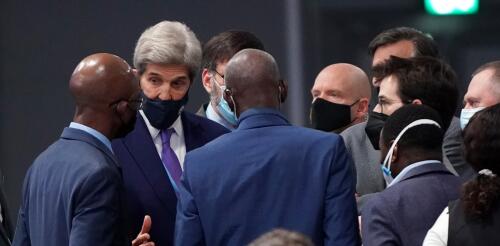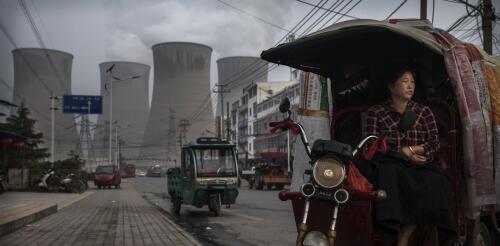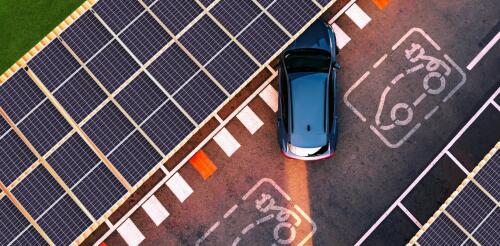Fossil fuel subsidies
Global heat has seared to new extremes in recent months, and devastating climate disasters are providing powerful reminders of the costs of climate change, as governments around the world prepare for the 2023 United Nations climate summit that starts on Nov. 30. While a small window of hope remains for meeting the goals of the 2015 Paris climate agreement, the world’s greenhouse gas emissions continue to rise. This year’s climate summit, COP28, needs to be transformative. What will it take to harness a spirit of international cooperation in today’s complex, divisive and volatile world abounding in self-interest? As a former senior U.N. official, I worked for years in multilateral consensus building among often hugely divergent parties. Here are some of the challenges and negotiating techniques I expect to see as representatives from countries around the world come together in Dubai. The challenge of national self-interest To slow climate change, the world m...
When this year’s United Nations Climate Change Conference begins in late November 2023, it will be a moment for course correction. Seven years ago, nearly every country worldwide signed onto the Paris climate agreement. They agreed to goals of limiting global warming – including key targets to be met by 2030, seven years from now. A primary aim of this year’s conference, known as COP28, is to evaluate countries’ progress halfway to the 2030 deadlines. Reports show that the world isn’t on track. At the same time, energy security concerns and disputes over how to compensate countries for loss and damage from climate change are making agreements on cutting emissions tougher to reach. But as energy and environmental policy researchers, we also see signs of progress. Global stocktake raises alarms A cornerstone of COP28 is the conclusion of the global stocktake, a review underway of the world’s efforts to address climate change. It is designed...
The planet is heating up as greenhouse gas emissions rise, contributing to extreme heat waves and once-unimaginable flooding. Yet despite the risks, countries’ policies are not on track to keep global warming in check. The problem isn’t a lack of technology. The International Energy Agency recently released a detailed analysis of the clean energy technology needed to lower greenhouse gas emissions to net zero globally by 2050. What’s needed, the IEA says, is significant government support to boost solar and wind power, electric vehicles, heat pumps and a variety of other technologies for a rapid energy transition. One politically popular tool for providing that government support is the subsidy. The U.S. government’s new Inflation Reduction Act is a multibillion-dollar example, packed with financial incentives to encourage people to buy electric vehicles, solar panels and more. But just how big do governments’ clean energy subsidies need to be to...
Fossil fuels are the leading driver of climate change, yet they are still heavily subsidized by governments around the world. Although many countries have explicitly promised to reduce fossil fuel subsidies to combat climate change, this has proven difficult to accomplish. As a result, fossil fuels remain relatively inexpensive, and their use and greenhouse gas emissions continue to grow. I work in environmental and energy law and have studied the fossil fuel sector for years. Here’s how fossil fuel subsidies work and why they’re so stubborn. What is a subsidy? A subsidy is a financial benefit given by a government to an entity or industry. Some subsidies are relatively obvious, such as publicly funded crop insurance or research grants to help pharmaceutical companies develop new drugs. Others are less visible. A tariff on an imported product, for example, can subsidize domestic manufacturers of that product. More controversially, some would argue that when a gov...



